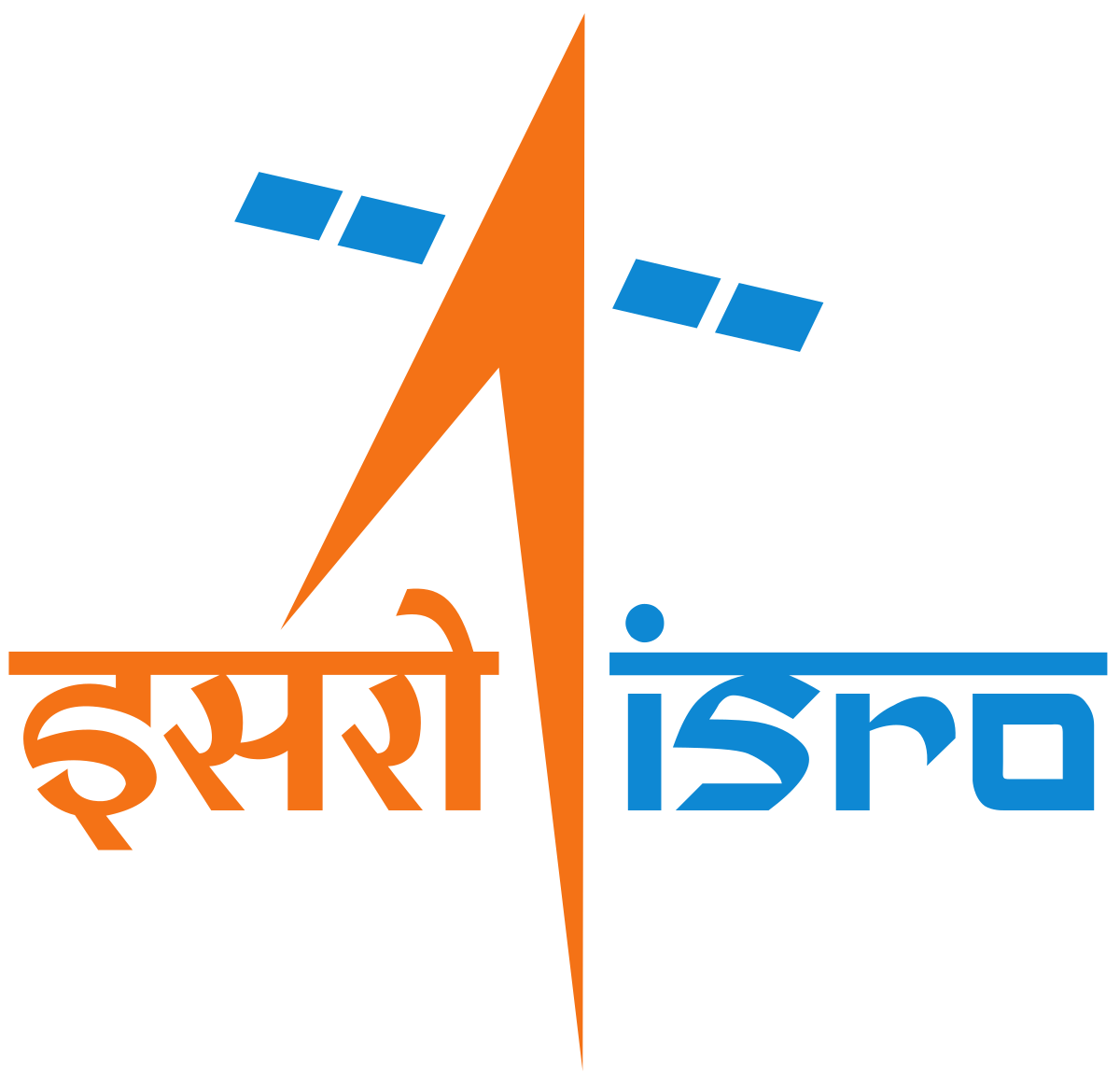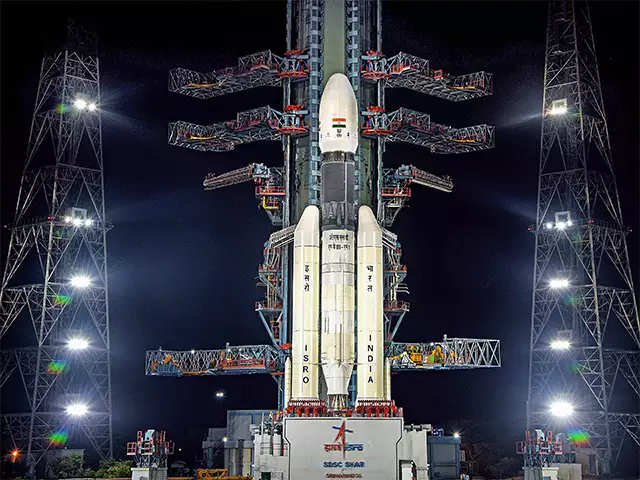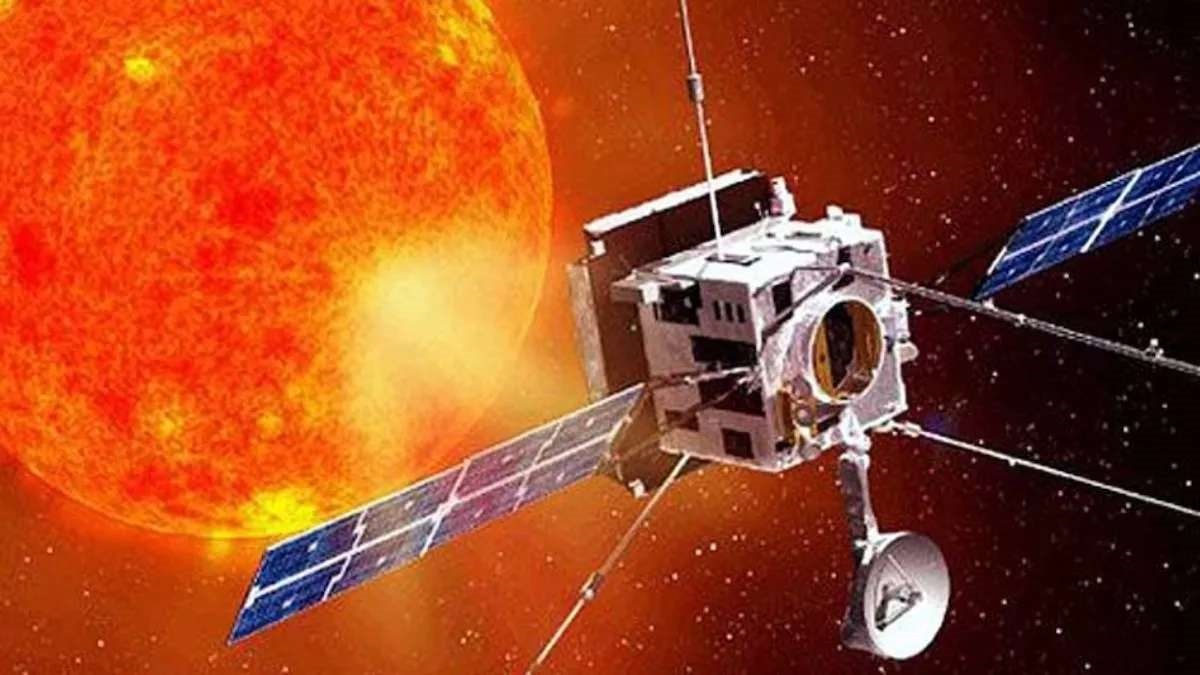The Indian Space Research Organisation (ISRO) has persistently proved itself in space exploration, attracting global headlines through its creative and budget-friendly missions. From the triumph of Chandrayaan-3 to the Mars Orbiter Mission, ISRO has been breaking record levels in space technology. In the coming years, ISRO's visionary programmes ensure that the frontiers of human understanding and technological capabilities will continue to be extended.
Gaganyaan: India's Human Spaceflight Program
ISRO's most eagerly awaited mission is the Gaganyaan project, which will send Indian astronauts, or "vyomanauts," to space. It is India's maiden venture towards establishing human spaceflight capabilities. The mission consists of several stages, starting from crew-less test flights to check the safety and reliability of the spacecraft. The first crewed mission is aimed to be carried out by 2026, and India will become the fourth country to independently send humans to space2.
Chandrayaan-4 and Chandrayaan-5: The Moon Expedition Continues
Following the success of Chandrayaan-3, ISRO will launch Chandrayaan-4 and Chandrayaan-5. Chandrayaan-4 is a sample-return mission to the Moon with the objective of retrieving moon rocks back to Earth to study them in greater detail. This mission will be implemented via multiple launches and cutting-edge in-orbit assembly technologies. Chandrayaan-5, in contrast, will study the surface of the Moon even further, broadening our knowledge of the geology and resources of the Moon2.
Mangalyaan-2: An Emerging Chapter in Mars Exploration
After the success of the Mangalyaan, India's Mars Orbiter Mission, ISRO is preparing for Mangalyaan-2, a technologically superior mission to Mars. While the initial one was mainly an orbiter, Mangalyaan-2 will have a lander and a rover onboard. The mission will study the Martian atmosphere and surface, opening up for other interplanetary missions2.
Aditya-L1: Revealing the Secrets of the Sun
The Aditya-L1 mission is India's maiden space solar observatory. At the Lagrange Point 1 (L1), located 1.5 million kilometers from Earth, the mission will observe the Sun's corona, solar winds, and how they affect space weather. The data gathered will be priceless in knowing solar events and their effects on Earth's environment3.
Shukrayaan: Venus Exploration
ISRO's Shukrayaan mission will fly to Venus, or the twin Earth because of its equal size and composition. The mission will analyze the atmosphere, surface, and geologic past of Venus. Shukrayaan is launching in 2025 and will inform us regarding planetary development and making a planet habitable2.
Bharatiya Antariksha Station: Indian Space Station
In the future, ISRO plans to set up the Bharatiya Antariksha Station, a space station to act as a hub for scientific exploration and innovation in technology. The mega project is designed to facilitate long-duration human spaceflight and space exploration collaboration with other nations.
Technological Innovations and Collaborations
ISRO is also looking to build next-generation technology to enable its future flights. The successful test firing of the Semicryogenic Engine is a milestone, as far as it will enable higher payload and efficiency in launch vehicles. ISRO's international collaboration in space exploration, for instance, with NASA on the NISAR mission, also indicates its desire for international collaborations2.
Conclusion
ISRO's future missions are a testament to its unrelenting commitment towards unlocking the frontiers of space exploration. From space exploration to human expeditions to interplanetary missions, ISRO is poised to make meaningful contributions to science and technology. As these missions evolve, not only do they augment our knowledge of the universe but also serve as an inspiration for generations to come to dream big and shoot for the stars.
India's space exploration journey is a testament to the strength of vision, innovation, and determination. With ISRO as the front runner, the sky is no longer the limit—it's just the starting point.







Comments
Post a Comment